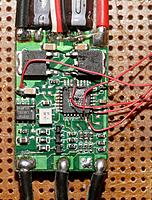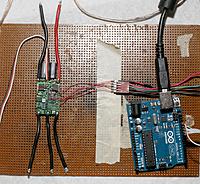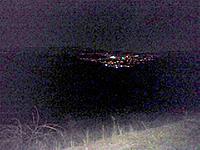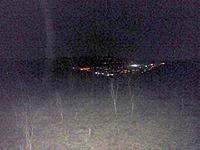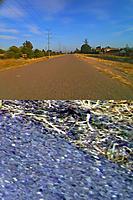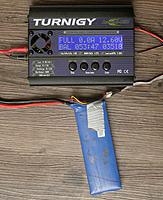The decision was made to convert the lunchbox to brushless. None of the flying ESC's in the apartment could support reverse, so it was time for a SimonK flashing of a Supersimple 30A. None of the blog posts about Arduino programming contained the pinout used to program the last ESC, so here it is:
black - ground
- sck pin 13
- miso pin 12
- mosi pin 11
- SS pin 10
The key parameter for reverse mode was RC_PULS_REVERSE in tgy.asm
Then came make tp_8khz.hex to generate a high efficiency 8khz target. Then came running arduino to install the Arduino ISP sketch. Then finally came the avrdude command:
/root/arduino-1.6.0/hardware/tools/avr/bin/avrdude -C/root/arduino-1.6.0/hardware/tools/avr/etc/avrdude.conf -v -e -patmega8 -cstk500v1 -P/dev/ttyACM0 -b19200 -Uflash:w:tp_8khz.hex:i -Ulock:w:0x0F:m
Then came the dreaded stk500_recv(): programmer is not responding
It erased successfully, read the device ID, but wouldn't take the program. There was no evidence of the chip being fried besides reset being 3.8V instead of 5V. A power test showed it was indeed erased. It was a brick. Fortunately, no-one buys just 1 Hobbyking ESC. It may have to be run without reverse.
According to the range test, it takes 2.5A at 12V to go 6mph. It was a major investment to make the TBLE-02s precise enough. Another stock ESC probably won't be precise enough.
A useful command to erase the mega8:
/root/arduino-1.6.0/hardware/tools/avr/bin/avrdude -C/root/arduino-1.6.0/hardware/tools/
...Continue Reading
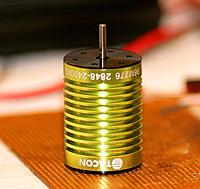 Views: 159
Views: 159  Views: 162
Views: 162  Views: 201
Views: 201  Views: 184
Views: 184 




